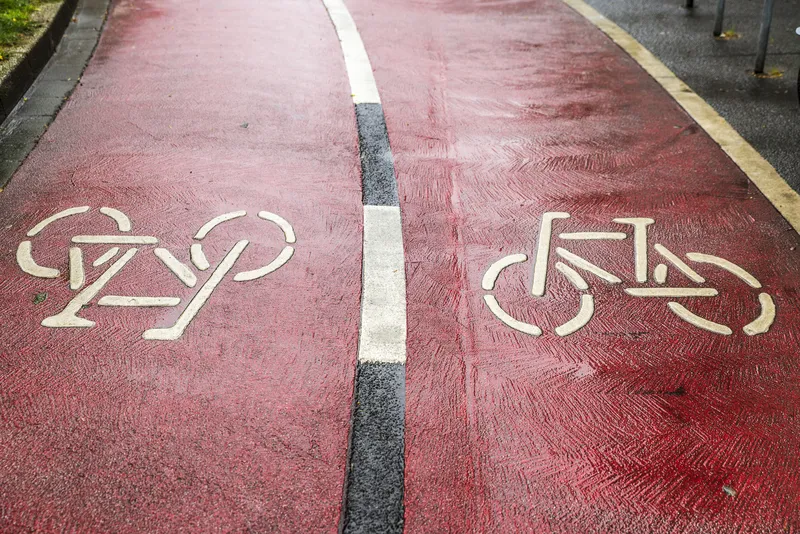A new cycle counter on the north end of the Fremont Bridge in Seattle will help the city gather better data about bike traffic along one of the city's most popular routes for two-wheeled commuters, Seattle Department of Transport (SDOT) officials say. Supplied by European company Eco-counter, an Eco Totem, a seven-foot high totem with electronic counter that uses sensors in the road to count cycles in both directions, and feed a real-time digital display of that number during the day. The year-to-date total
October 15, 2012
Read time: 2 mins
A new cycle counter on the north end of the Fremont Bridge in Seattle will help the city gather better data about bike traffic along one of the city's most popular routes for two-wheeled commuters, Seattle Department of Transport (SDOT) officials say.
Supplied by European company6713 Eco-counter, an Eco Totem, a seven-foot high totem with electronic counter that uses sensors in the road to count cycles in both directions, and feed a real-time digital display of that number during the day. The year-to-date total also will be displayed. "Data from the counter will be transmitted electronically and will be available on a web site," SDOT said.
"The location on the Fremont Bridge is ideal because this is the busiest bridge for bike traffic in the city and the state, and there is a good mix of commute and recreational trips through the area," said Chuck Ayers, executive director of Seattle’s Cascade's cycle club. "We are delighted to help bring a cycle counter to Seattle to show that bicycling counts here."
The counter will collect 24/7 cycle count data on one of the city's most-used cycle routes and provide better data on cycle use and demand. "Our goal as stated in the 2007 Seattle Bicycle Master Plan has been to triple the number of bicyclists between 2007 and 2017," SDOT Director Peter Hahn said. "This new bike counter will help promote bicycling and will let us better measure the progress we're making."
Supplied by European company
"The location on the Fremont Bridge is ideal because this is the busiest bridge for bike traffic in the city and the state, and there is a good mix of commute and recreational trips through the area," said Chuck Ayers, executive director of Seattle’s Cascade's cycle club. "We are delighted to help bring a cycle counter to Seattle to show that bicycling counts here."
The counter will collect 24/7 cycle count data on one of the city's most-used cycle routes and provide better data on cycle use and demand. "Our goal as stated in the 2007 Seattle Bicycle Master Plan has been to triple the number of bicyclists between 2007 and 2017," SDOT Director Peter Hahn said. "This new bike counter will help promote bicycling and will let us better measure the progress we're making."










